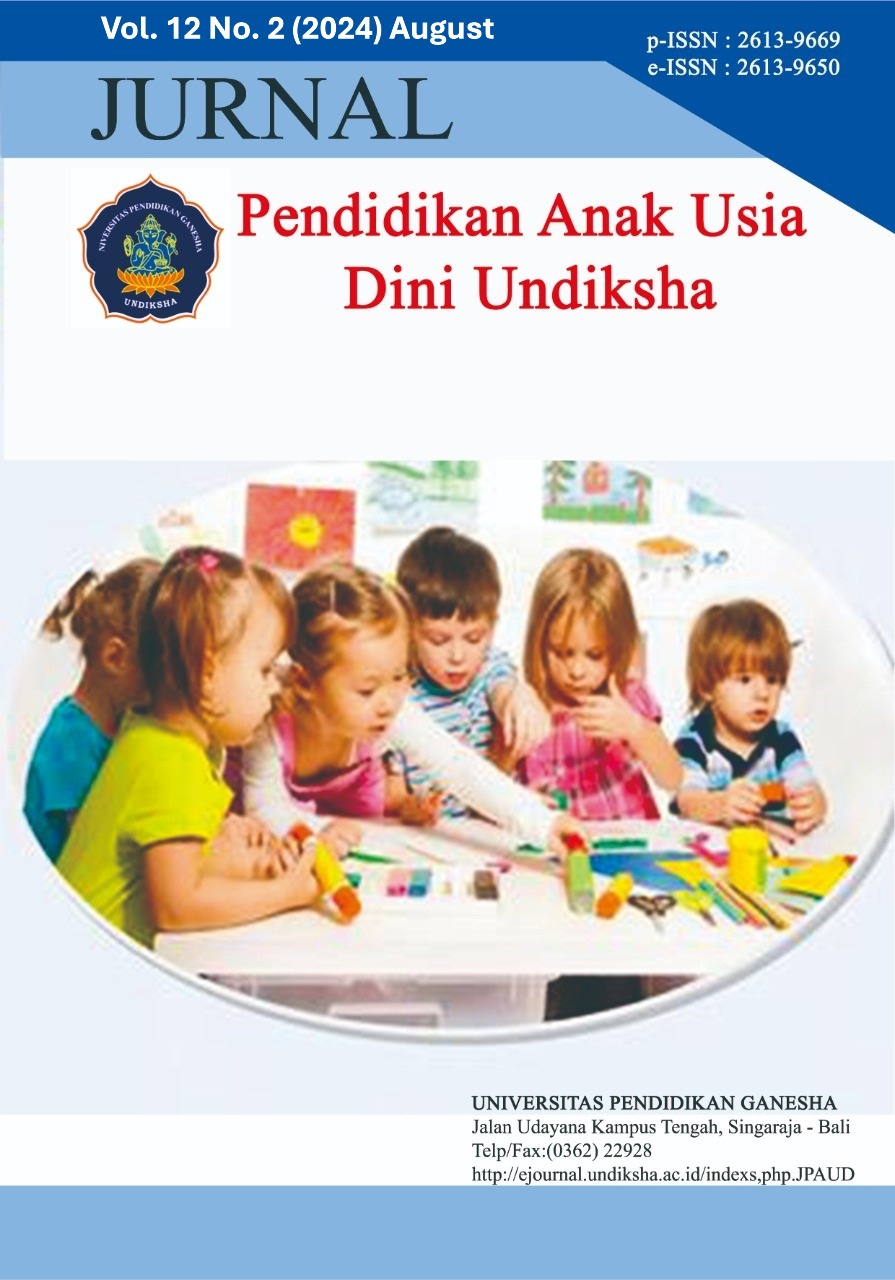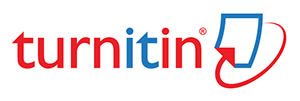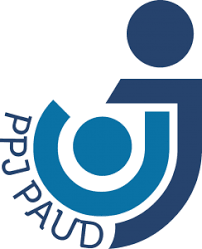Fostering Creative Thinking in Early Childhood: An Analysis of Developmental Stimulation
DOI:
https://doi.org/10.23887/paud.v12i2.75177Keywords:
Creative Thinking, Early Childhood, StimulationAbstract
Creative thinking skills in early childhood refer to the ability to generate new ideas, creative solutions, and view problems from different perspectives. These skills form an essential foundation for the development of a child's potential in the future. However, in practice, the development of creative thinking skills in early childhood is not adequately facilitated. This is primarily due to the lack of stimulation from the surrounding environment, leading children to become passive and less motivated to engage in creative thinking. This study aims to analyze and describe the level of creative thinking skills in 5–6-year-old children. The research method used is a survey of 147 children, with data collected through questionnaires completed by class teachers. The data were analyzed using descriptive quantitative techniques and presented in graphical form. The results show that, on average, the creative thinking skills of early childhood children in Surakarta are at the "beginning to develop" stage. These findings suggest the need for more systematic and developmentally appropriate stimulation to optimize the creative thinking potential of young children. The implications of this study provide a foundation for designing interventions and educational programs that support the development of creative thinking skills in early childhood.
References
Aizikovitsh-Udi, E., & Cheng, D. (2015). Developing critical thinking skills from dispositions to abilities: mathematics education from early childhood to high school. Creative Education, 6(4), 455. https://doi.org/10.4236/ce.2015.64045.
Ardelia, M., Santosa, A., & Setiati, G. (2019). Perancangan Fasilitas Penyimpanan dan Pembelajaran Kreativitas untuk Anak Usia Dini. Jurnal Intra, 7(20), 802–808. https://repository.dinamika.ac.id/id/eprint/4059/.
Azizah, F. H. L., & Wardhani, J. D. (2022). Pengaruh Pemberian Stimulasi Terhadap Kreativitas Anak Usia Dini. Jurnal Obsesi : Jurnal Pendidikan Anak Usia Dini. https://doi.org/10.31004/obsesi.v6i6.3325
Bers, M. U., González-González, C., & Armas-Torres, M. B. (2019). Coding as a playground: Promoting positive learning experiences in childhood classrooms. Computers and Education, 138(June 2018), 130–145. https://doi.org/10.1016/j.compedu.2019.04.013.
Budi, S., Darmawan, H., & Saputro, M. (2020). Analysis of Mathematic Communication Ability to be Reviewed From Student Learning Creativity In Statistical Materials. Daya Matematis: Jurnal Inovasi Pendidikan Matematika, 8(1), 105. https://doi.org/10.26858/jds.v8i1.13325.
Çetin, Z., & Ata, S. (2022). The relationship between parents’ attachment to their parents and children’s creatives. Early Child Development and Care. https://doi.org/10.1080/03004430.2020.1788547.
Chalkiadaki, A. (2018). A systematic literature review of 21st century skills and competencies in primary education. International Journal of Instruction, 11(3), 1–16. https://doi.org/10.12973/iji.2018.1131a.
Charisma, F. P., Fajrie, N., & Ismaya, E. A. (2023). Analisis pola asuh orang tua terhadap tanggung jawab belajar anak kelas 4 SD Negeri Koripandriyo Gabus Pati pada masa pandemi covid-19. COLLASE (Creative of Learning Students Elementary Education), 6(1), 13–18. https://doi.org/10.22460/collase.v1i1.12452.
Fadillah, S., Filtri, H., & Marta Efastri, S. (2022). Pengaruh Kekerasan Verbal dan Pola Asuh terhadap Kreativitas Anak Usia Dini. Jurnal Pelita PAUD. https://doi.org/10.33222/pelitapaud.v6i2.1984.
Gabaldón-Estevan, D. (2020). Heterogeneity versus homogeneity in schools: A review of the educational value of classroom interaction. Education Sciences, 10(11), 1–13. https://doi.org/10.3390/educsci10110335.
Gencer, A. A., & Gonen, M. (2015). Examination of The Effects of Reggio Emilia Based Projects on Preschool Children’s Creative Thinking Skills. Procedia - Social and Behavioral Sciences, 186(312), 456–460. https://doi.org/10.1016/j.sbspro.2015.04.120.
Gong, X., Zhang, X., & Tsang, M. C. (2020). Creativity development in preschoolers: The effects of children’s museum visits and other education environment factors. Studies in Educational Evaluation, 67(152). https://doi.org/10.1016/j.stueduc.2020.100932.
Guzik, E. E., Byrge, C., & Gilde, C. (2023). The originality of machines: AI takes the Torrance Test. Journal of Creativity. https://doi.org/10.1016/j.yjoc.2023.100065.
Heong, Y. M., Hamdan, N., Ching, K. B., Kiong, T. T., & Azid, N. (2020). Development of integrated creative and critical thinking module in problem-based learning to solve problems. International Journal of Scientific and Technology Research, 9(3), 6567–6571. https://www.researchgate.net/profile/Nurulwahida-Azid/publication/341311839.
Heong, Y. M., Yunos, J. M., Othman, W., Hassan, R., Kiong, T. T., & Mohamad, M. M. (2012). The Needs Analysis of Learning Higher Order Thinking Skills for Generating Ideas. Procedia - Social and Behavioral Sciences, 59, 197–203. https://doi.org/10.1016/j.sbspro.2012.09.265.
Indriyana, B. S., & Kuswandono, P. (2019). Developing Students Higher Order Thinking Skills (HOTS) in Reading: English Teachers Strategies in Selected Junior High Schools. JET (Journal of English Teaching), 5(3), 204. https://doi.org/10.33541/jet.v5i3.1313.
Kim, K. H. (2017). The Torrance Tests of Creative Thinking - Figural or Verbal: Which One Should We Use? Creativity. Theories – Research - Applications. https://doi.org/10.1515/ctra-2017-0015.
Lailah fauziah, Rizkiyah, F., Miarsyah, M., & Hendi Ristanto, R. (2021). Pengembangan Ttct-V (Torrance Test Of Creative Thinking Verbal) Berbasis Lingkungan Untuk Tingkat SMA. Bio-Lectura, 8(1), 1–11. https://doi.org/10.31849/bl.v8i1.4534.
Lampropoulos, G., Siakas, K., & Anastasiadis, T. (2019). Internet of Things in the Context of Industry 4.0: An Overview. International Journal of Entrepreneurial Knowledge, 7(1), 4–19. https://doi.org/10.2478/ijek-2019-0001.
Lucchiari, C., Sala, P. M., & Vanutelli, M. E. (2019). The effects of a cognitive pathway to promote class creative thinking. An experimental study on Italian primary school students. Thinking Skills and Creativity, 31(May 2018), 156–166. https://doi.org/10.1016/j.tsc.2018.12.002.
Lv, C., Shao, C., & Lee, C.-C. (2021). Green technology innovation and financial development: Do environmental regulation and innovation output matter? Energy Economics, 98, 105237. https://doi.org/10.1016/j.eneco.2021.105237.
Mardliyah, S., Yulianingsih, W., & Putri, L. S. R. (2021). Sekolah Keluarga: Menciptakan Lingkungan Sosial untuk Membangun Empati dan Kreativitas Anak Usia Dini. Jurnal Obsesi : Jurnal Pendidikan Anak Usia Dini, 5(1). https://doi.org/10.31004/obsesi.v5i1.665.
Masten, A. S. (2018). Resilience Theory and Research on Children and Families: Past, Present, and Promise. Journal of Family Theory and Review, 10(1), 12–31. https://doi.org/10.1111/jftr.12255.
Melzer, D., Yeater, D., Bradley, M., Hill, H., Guerra, G., Salazar, K., Bolton, T., & Dudzinski, K. (2022). A Comparative Test of Creative Thinking in Preschool Children and Dolphins. Animal Behavior and Cognition. https://doi.org/10.26451/abc.09.03.07.2022.
Miskawati, M. (2019). Upaya Meningkatkan Kreativitas Anak Dalam Pembelajaran Seni Tari Melalui Strategi Belajar Sambil Bermain di TK Islam Sa’adatul Khidmah Tahun Pelajaran 2016/2017. Jurnal Ilmiah Dikdaya, 9(1), 45. https://doi.org/10.33087/dikdaya.v9i1.123.
Munastiwi, E. (2021). The Use of Spices as a Media to Stimulate Children’s Critical Thinking Ability while Study From Home Period. Journal of Education Technology, 5(2), 183. https://doi.org/10.23887/jet.v5i2.34984.
Mutmainnah, M. (2019). Lingkungan Dan Perkembangan Anak Usia Dini Dilihat Dari Perspektif Psikologi. Gender Equality: International Journal of Child and Gender Studies. https://doi.org/10.22373/equality.v5i2.5586.
Norfitri, R. (2021). Pola Asuh Orang Tua Dan Perkembangan Anak Pra Sekolah. Jurnal Ilmu Kesehatan Insan Sehat. https://doi.org/10.54004/jikis.v9i1.20.
Nurkaeti, N., Turmudi, Karso, Pratiwi, V., Aryanto, S., & Gumala, Y. (2020). Enhancement of mathematical creative thinking ability through open-ended approach based on metacognitive. Journal of Physics: Conference Series, 1521(3). https://doi.org/10.1088/1742-6596/1521/3/032030.
Prameswari, T. W. (2020). Merdeka Belajar : Sebuah Konsep Pembelajaran Anak Usia Dini Menuju Indonesia Emas 2045. Prosding Seminar Nasional Penalaran Dan Penelitian Nusantara, 1(1), 76–86. https://proceeding.unpkediri.ac.id/index.php/ppn/article/view/362.
Prathap, S. K., & C.C., S. (2020). Determinants of purchase intention of traditional handloom apparels with geographical indication among Indian consumers. Journal of Humanities and Applied Social Sciences, ahead-of-p(ahead-of-print). https://doi.org/10.1108/jhass-04-2020-0055.
Pratiwi, I., & Munastiwi, E. (2021). Analisis Strategi Pemasaran PAUD. Indonesian Journal of Islamic Early Childhood Education, 5(2), 36–40. https://doi.org/10.51529/ijiece.v5i2.192.
Putriani, J. D., & Hudaidah, H. (2021). Penerapan Pendidikan Indonesia Di Era Revolusi Industri 4.0. Edukatif : Jurnal Ilmu Pendidikan, 3(3), 830–838. https://doi.org/10.31004/edukatif.v3i3.407.
Qodr, T. S., Efendi, A., & Musadad, A. A. (2021). Opportunities for Using Smartphones in the Digital Era to Facilitate Students in Learning Sociology in High Schools. Journal of Education Technology, 5(2), 263–271. https://doi.org/10.23887/jet.v5i2.34806.
Rasmani, U. E. E. (2020). Identification of Early Childhood Education (Ece) Management. Early Childhood Education and Development Journal, 2(1), 1. https://doi.org/10.20961/ecedj.v2i1.46915.
Sari, R. C., Aisyah, M. N., Ilyana, S., & Hermawan, H. D. (2022). Developing a Financial Literacy Storybook for Early Childhood in an Augmented Reality Context. Contemporary Educational Technology, 14(2). https://doi.org/10.30935/cedtech/11734.
Sember, V., Jurak, G., Kovač, M., Morrison, S. A., & Starc, G. (2020). Children’s Physical Activity, Academic Performance, and Cognitive Functioning: A Systematic Review and Meta-Analysis. Frontiers in Public Health, 8(July), 1-17. https://doi.org/10.3389/fpubh.2020.00307.
Shalehah, N. A. (2023). Pembelajaran Berbasis Proyek sebagai Bentuk Implementasi Kurikulum Merdeka di Satuan PAUD. Islamic EduKids. https://doi.org/10.20414/iek.v5i1.7139.
Suastra, I. W., Rapi, N. K., Yasa, P., & Arjana, I. G. (2021). Elaborating Indigenous Science Content into Science Learning Process: A New Science Instructional Model to Develop Students’ Local Wisdom-Based Characters and Higher Order Thinking Skills. JPI (Jurnal Pendidikan Indonesia), 10(3), 516. https://doi.org/10.23887/jpi-undiksha.v10i3.31176.
Taufan, M. Y. (2022). Professional Development of Teachers, Competencies, Educational Facilities and Infrastructure on Teacher Performance and Learning Achievement of High School Students in Makassar City. Golden Ratio of Social Science and Education, 2(1), 24–38. https://doi.org/10.52970/grsse.v2i1.168.
Tong, D. H., Loc, N. P., Uyen, B. P., & Son, T. H. (2020). Enhancing creative and critical thinking skills of students in mathematics classrooms: An experimental study of teaching the inequality in high schools. Universal Journal of Educational Research, 8(2), 477–489. https://doi.org/10.13189/ujer.2020.080219.
Trisnayanti, Y., Ashadi, Sunarno, W., & Masykuri, M. (2020). Creative thinking profile of junior high school students on learning science. Journal of Physics: Conference Series, 1511(1). https://doi.org/10.1088/1742-6596/1511/1/012072.
Utari, D., & Afendi, A. R. (2022). Implementation of Pancasila Student Profile in Elementary School Education with Project-Based Learning Approach. EduLine: Journal of Education and Learning Innovation, 2(4), 456–464. https://doi.org/10.35877/454ri.eduline1280.
Weiwei, H. U., Kamalraj, R., & Velmayil, V. (2021). Thinking abilities and professional learning abilities for English majors based on double tutor system. Aggression and Violent Behavior, April, 101648. https://doi.org/10.1016/j.avb.2021.101648.
Yildiz, C., & Guler Yildiz, T. (2021). Exploring the relationship between creative thinking and scientific process skills of preschool children. Thinking Skills and Creativity, 39, 100795. https://doi.org/10.1016/j.tsc.2021.100795.
Downloads
Published
How to Cite
Issue
Section
License
Copyright (c) 2024 Novita Eka Nurjanah, Elindra Yetti, Mohamad Syarif Sumantri

This work is licensed under a Creative Commons Attribution-ShareAlike 4.0 International License.
Authors who publish with the Jurnal Pendidikan Anak Usia Dini Undiksha agree to the following terms:
- Authors retain copyright and grant the journal the right of first publication with the work simultaneously licensed under a Creative Commons Attribution License (CC BY-SA 4.0) that allows others to share the work with an acknowledgment of the work's authorship and initial publication in this journal.
- Authors are able to enter into separate, additional contractual arrangements for the non-exclusive distribution of the journal's published version of the work (e.g., post it to an institutional repository or publish it in a book), with an acknowledgment of its initial publication in this journal.
- Authors are permitted and encouraged to post their work online (e.g., in institutional repositories or on their website) prior to and during the submission process, as it can lead to productive exchanges, as well as earlier and greater citation of published work. (See The Effect of Open Access)











